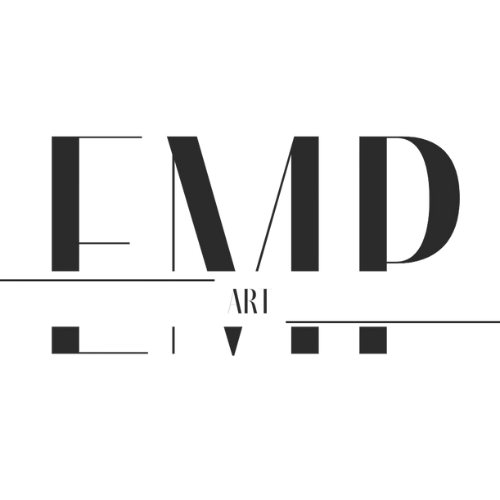
The Studio as Sanctuary: Why Space Shapes Creative Energy
Your studio is more than a workspace — it’s a container for emotional truth. EMP shares how her studio became a sanctuary for creativity, silence, and transformation.

The Colors I Return to Again and Again
Abstract artist EMP shares the colors she returns to again and again — not for style, but for emotional truth. These hues hold grief, memory, joy, and the ritual of becoming.

When a Painting Feels Finished: Learning to Listen
In abstract art, finishing isn’t about perfection — it’s about presence. EMP shares how she listens to the moment a painting becomes whole, and why stopping is often the most honest act.

How My Relationship with Color Has Changed Over Time
Color is more than a tool — it’s a relationship. Explore how EMP’s connection to color has deepened over time, shaping both her process and her emotional world.

Navigating Uncertainty Through Creativity
Uncertainty isn’t the enemy of art — it’s its companion. At EMP, abstract painting becomes a path through the unknown, offering space for emotion, trust, and transformation.

The Sacred Pause: Why Rest Is Part of the Creative Process
Rest isn’t a break from art — it’s part of it. Discover how EMP uses rest as a sacred pause in the creative process, making room for intuition, emotional integration, and meaningful work.

Lessons from the Canvas: What Creating Abstract Art Has Taught Me About Life
Abstract art doesn’t just express emotion — it teaches us how to live with it. Discover the lessons the canvas has offered EMP, from trust and transformation to presence and permission.

Creating Art in a Noisy World: Finding Silence Within
In a world full of noise, the act of creating in silence becomes a radical return to presence. Discover how EMP finds stillness within to create honest, grounded abstract work.

Honoring the Mystery: Why I Embrace Not Knowing in Art and Life
Great art doesn’t begin with answers — it begins with trust. Discover how EMP embraces the mystery of creation and why not knowing is a sacred part of both painting and life.

The Role of Color in Abstract Art: More Than Meets the Eye
In abstract art, color isn’t just what we see — it’s what we feel. Discover how EMP uses color as emotional language, memory, and meaning in each painting.
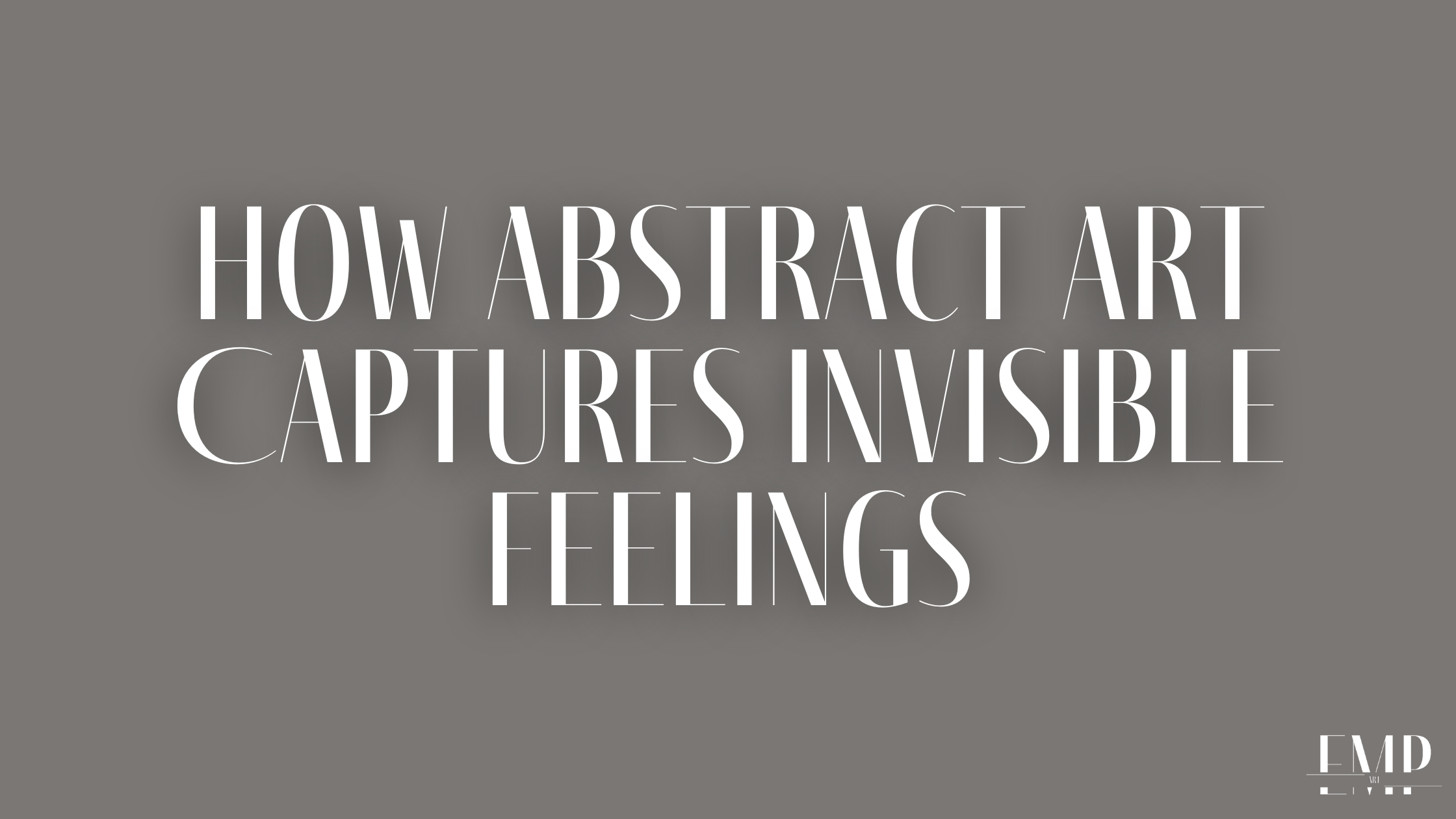
How Abstract Art Captures Invisible Feelings
Some emotions can’t be named — only felt. Discover how abstract art holds space for invisible feelings, and how EMP’s work honors the truths we carry but cannot explain.
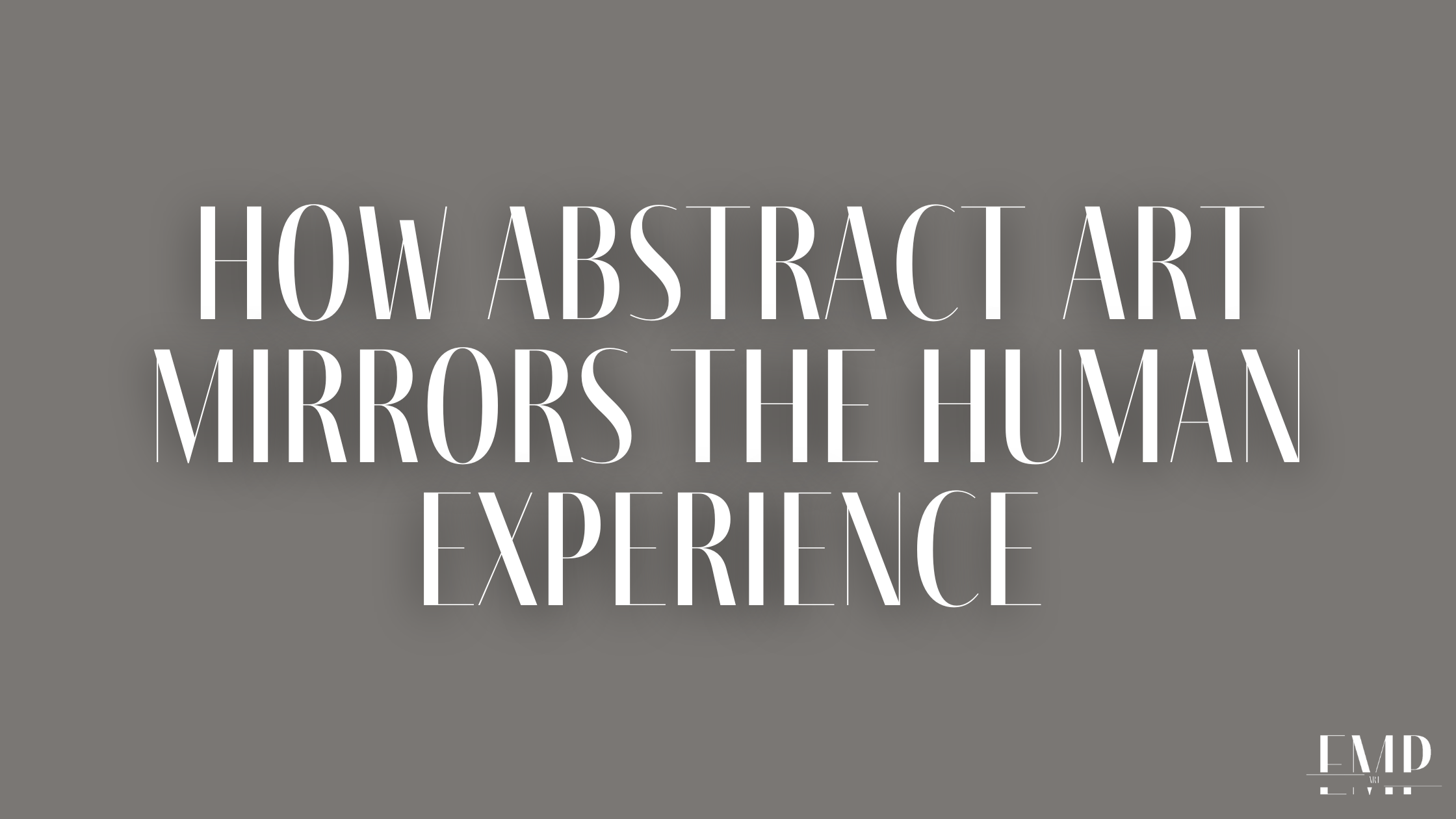
How Abstract Art Mirrors the Human ExperiencE
Abstract art mirrors the layered, emotional, and imperfect nature of being human. Discover how the work of EMP reflects life not as it looks — but as it feels.

The History of Abstract Art: A Short, Inspired Overview
From Kandinsky to the present day, abstract art has always given us a visual language for feeling, energy, and emotion. Explore the inspired history of abstraction — and how EMP carries that story forward.

Art and Emotion: Why We Need Spaces Without Words
Some feelings are too vast for words. Abstract art holds the emotions we can’t explain, offering space to feel deeply without needing answers. Explore how EMP creates through the power of presence and emotion.
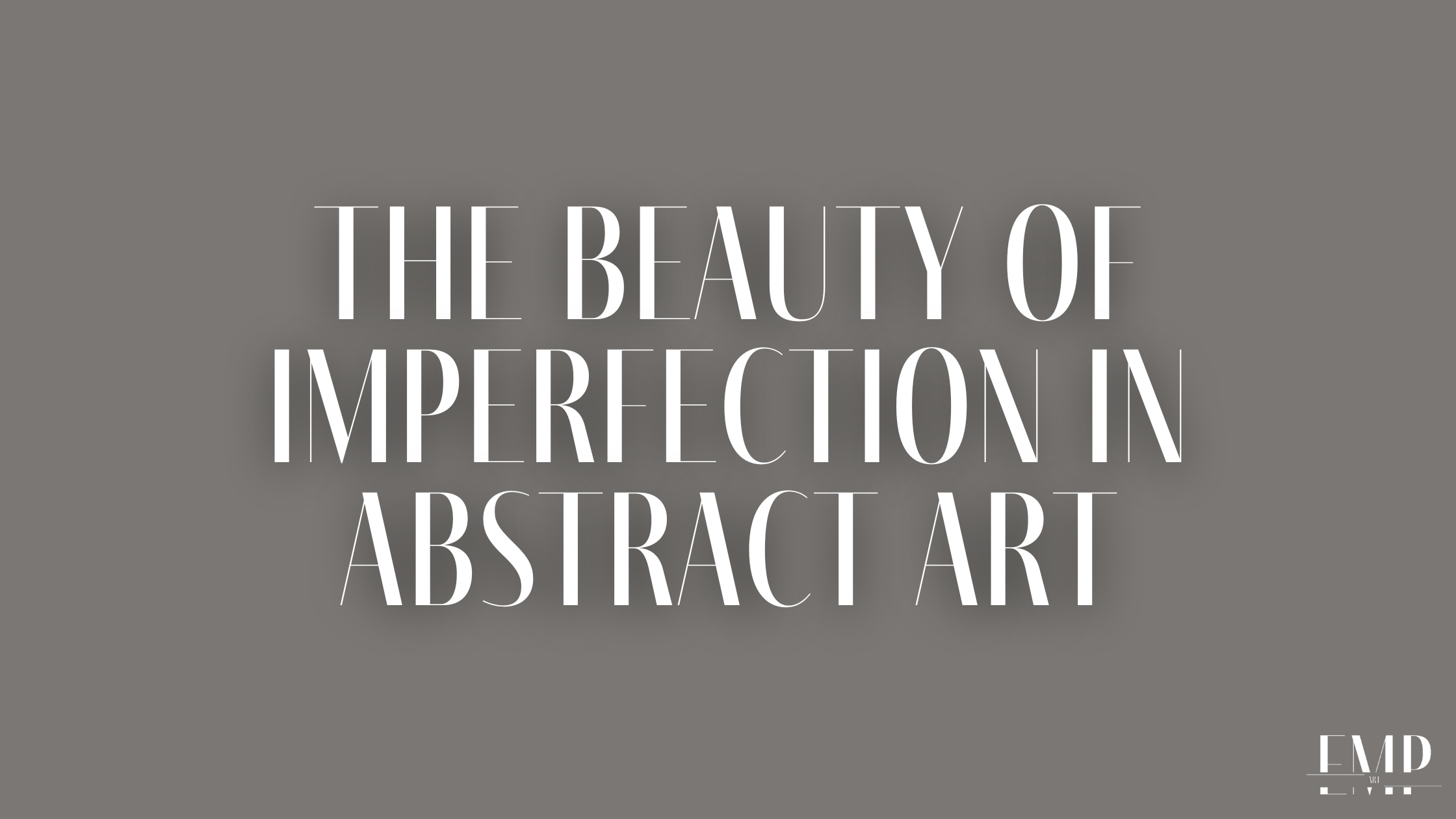
The Beauty of Imperfection in Abstract Art
Imperfection is not a flaw in abstract art — it is a source of beauty, emotion, and connection. Discover how EMP embraces imperfection to create works that honor the complexity and truth of the human experience.
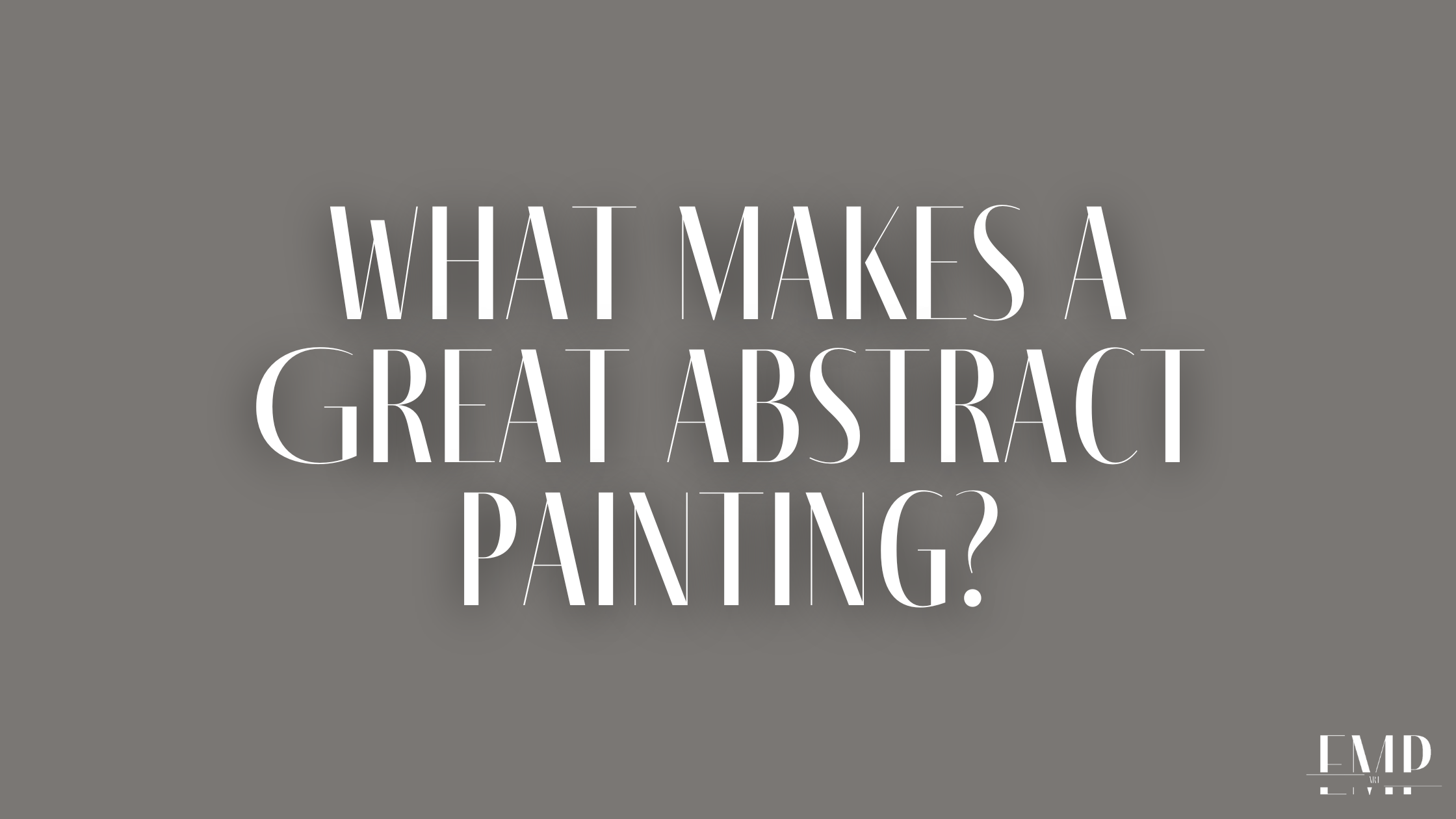
What Makes a Great Abstract Painting?
Great abstract art stirs emotion, invites exploration, and honors mystery. Discover what makes an abstract painting powerful — and how EMP’s work creates emotional landscapes that stay alive over time.
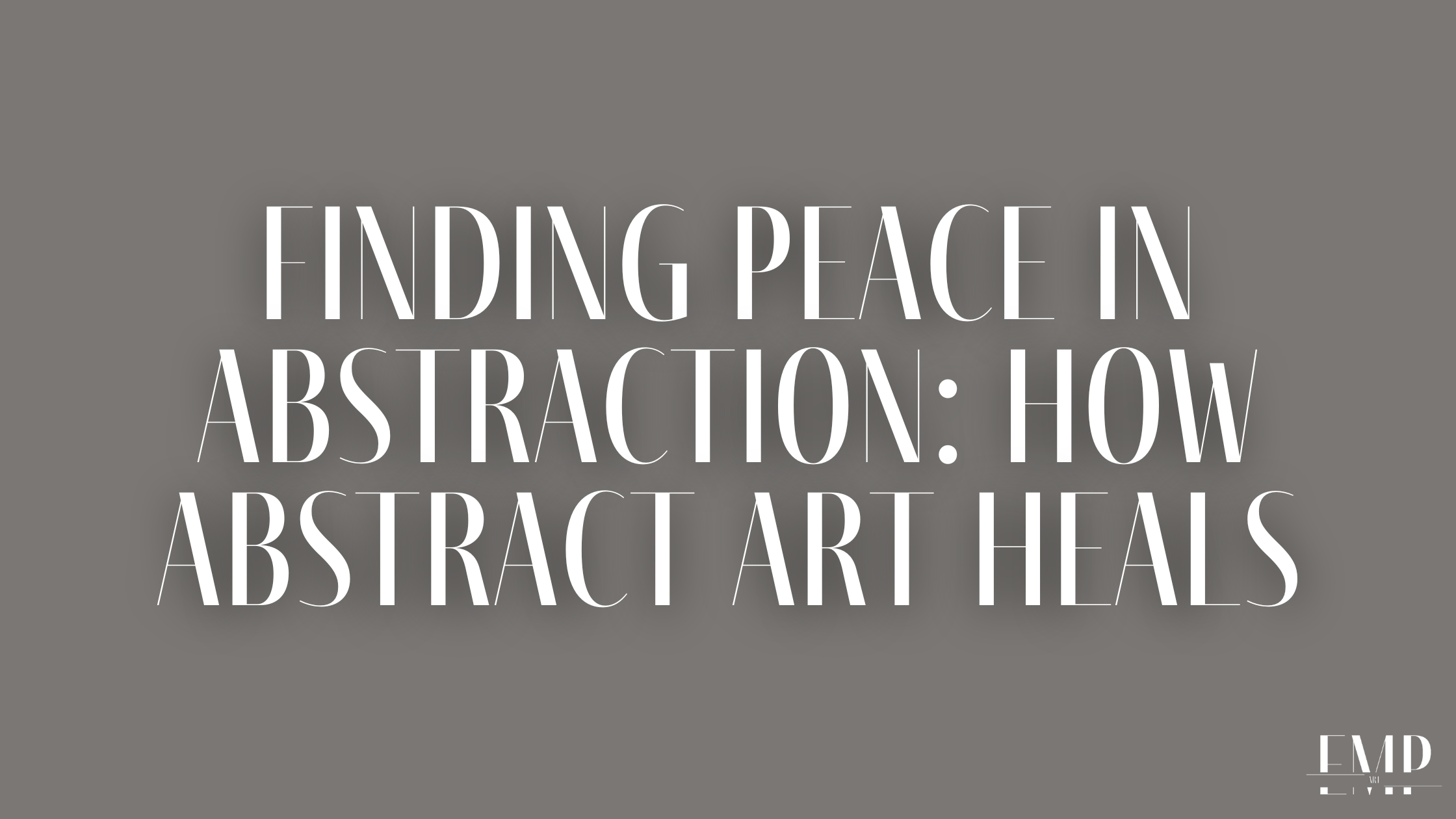
Finding Peace in Abstraction: How Abstract Art Heals
Abstract art invites us into stillness, emotional freedom, and quiet healing. Explore how abstraction creates spaces for peace — and how EMP’s work honors the unseen emotions we carry.

Why Abstract Art Will Always Matter: Reflections on Freedom and Expression
Abstract art speaks where words fall short, offering timeless freedom, emotional depth, and space for personal meaning. Discover why abstract art will always matter — and how it continues to shape the spirit of EMP.
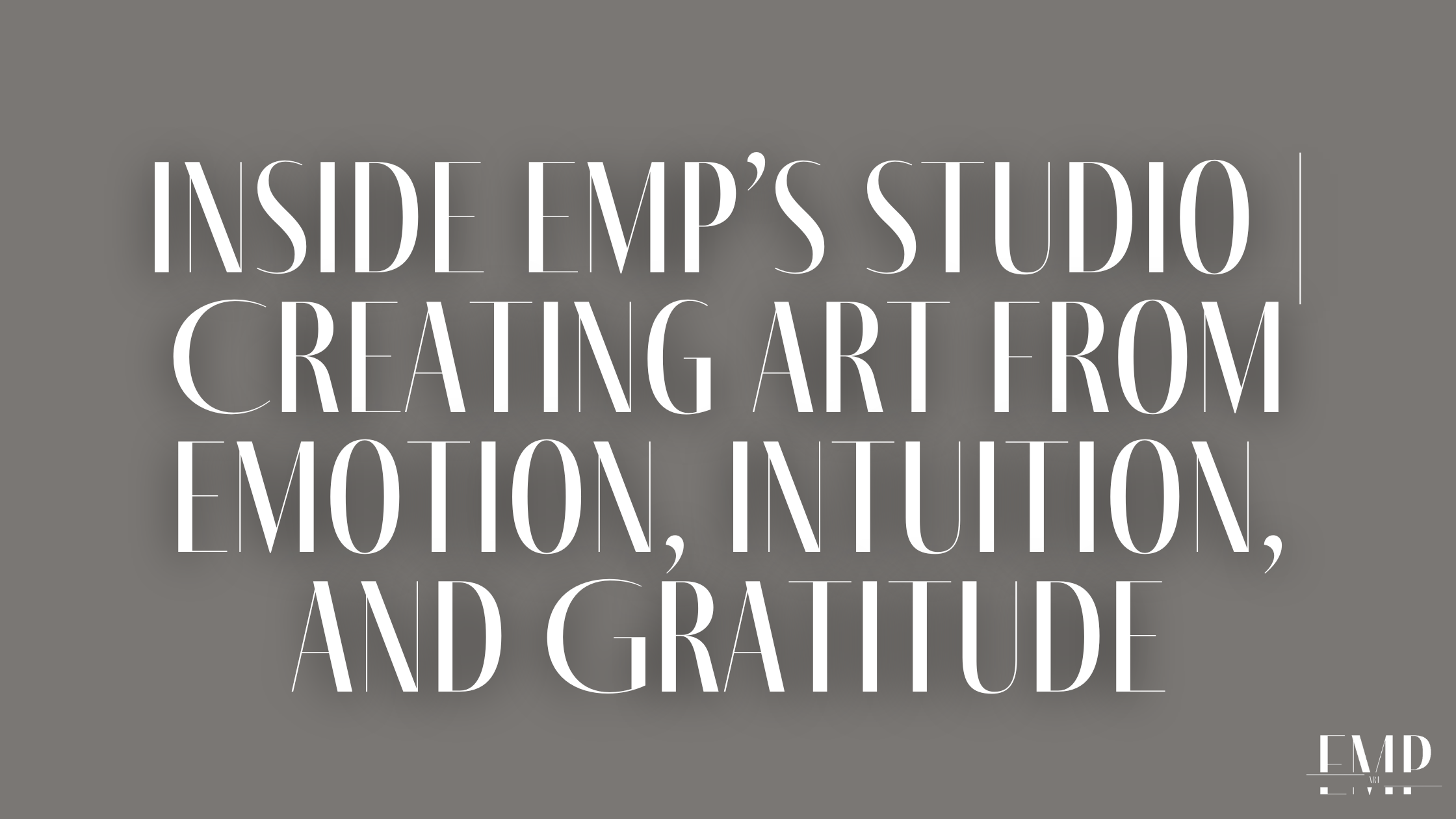
Inside the Studio: A Glimpse Into EMP’s Creative Process
At EMP, art begins not with plans, but with deep emotion and trust. Step inside the creative process where feeling leads, gratitude flows, and each piece becomes a reflection of something unseen — yet deeply known.

The Role of Color in Abstract Art: More Than Meets the Eye
Color is more than pigment — it’s a powerful emotional language in abstract art. Explore how artists use color to shape emotion, movement, and meaning, and discover how EMP’s work captures the evolving language of color.
